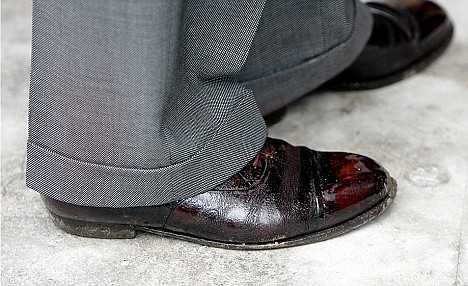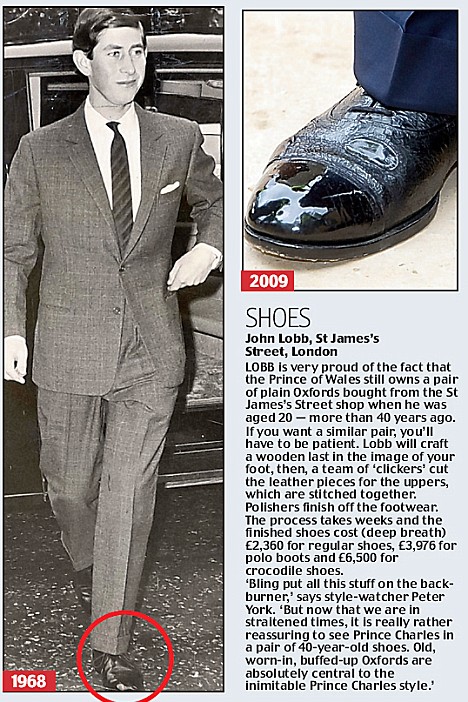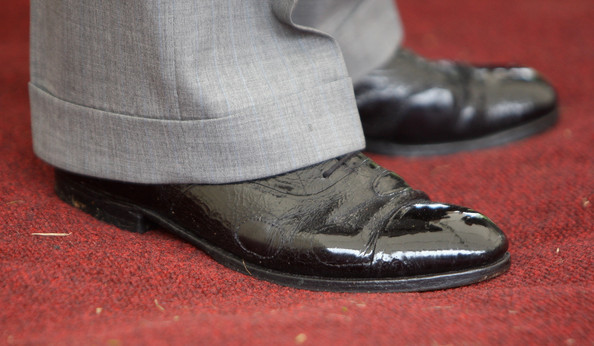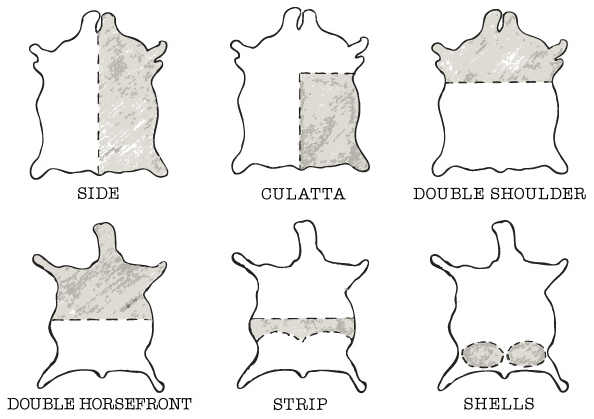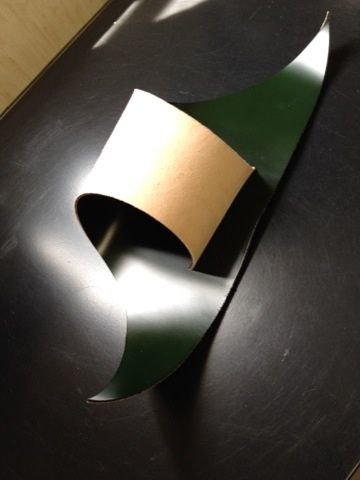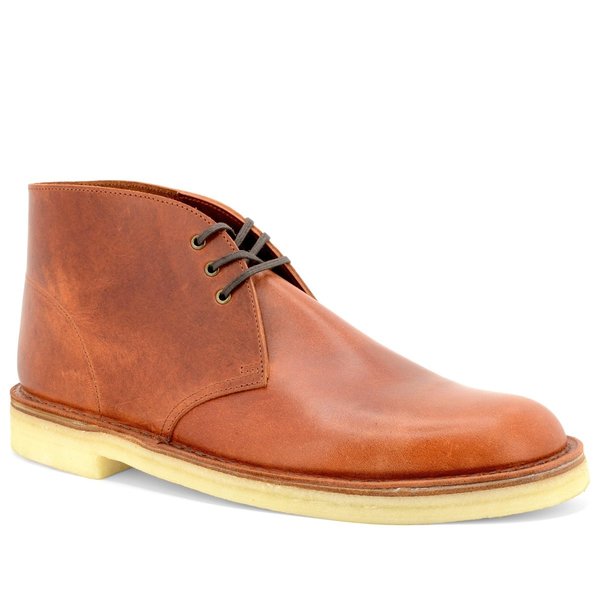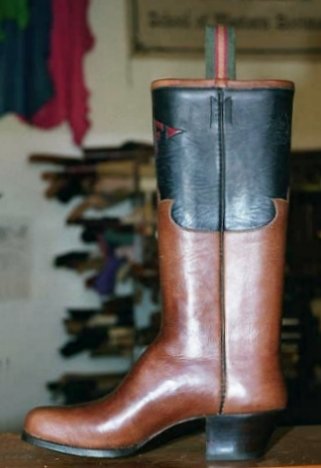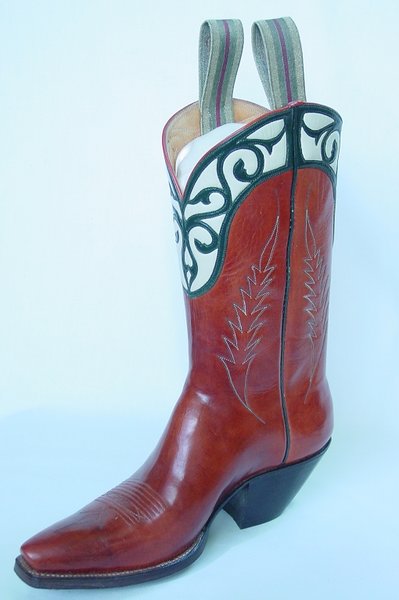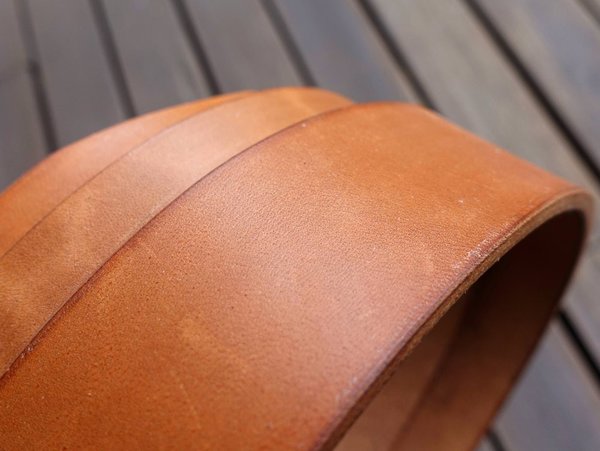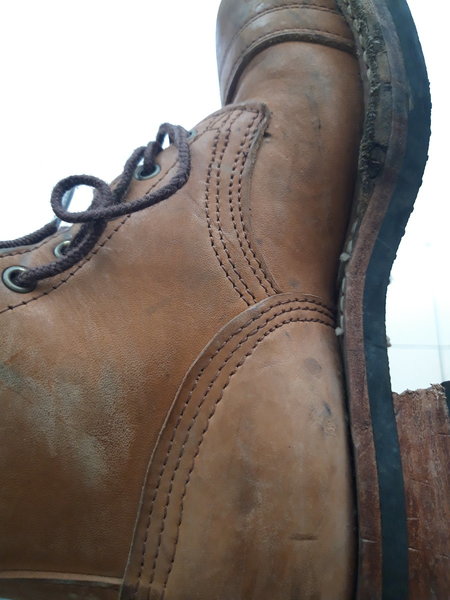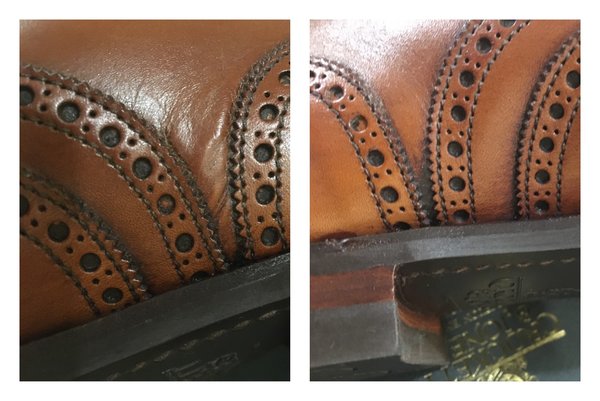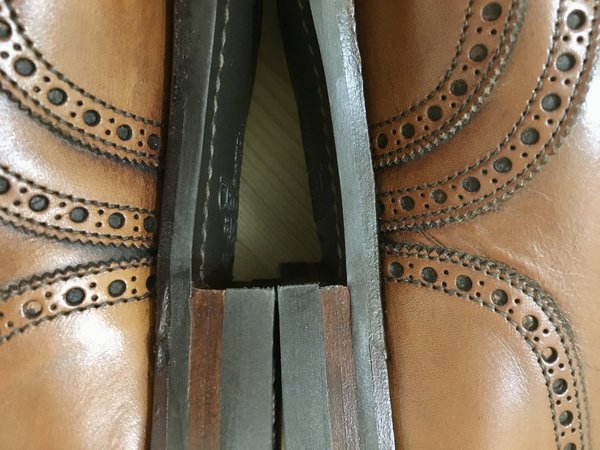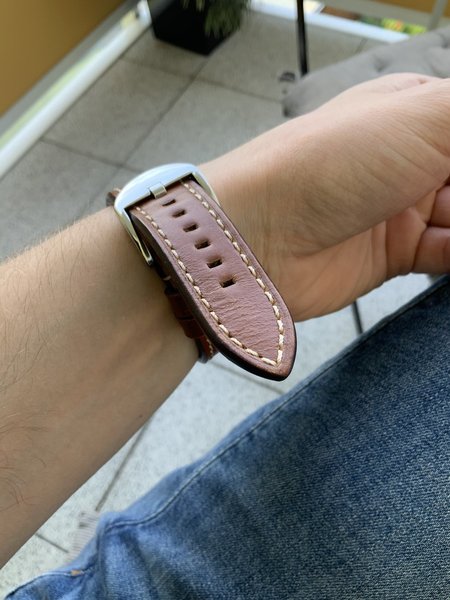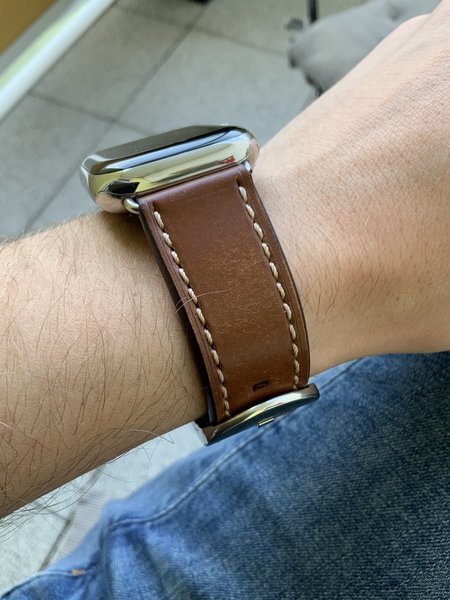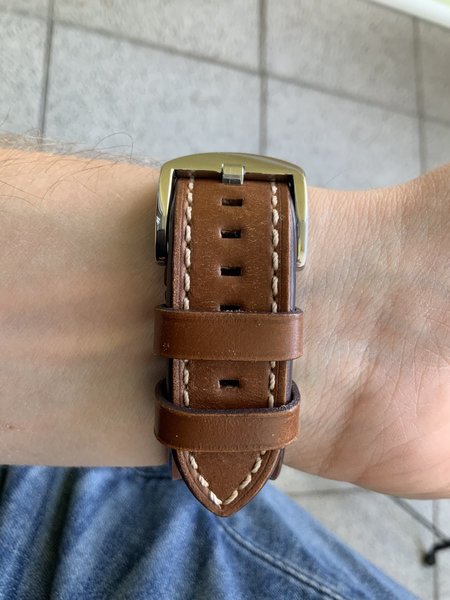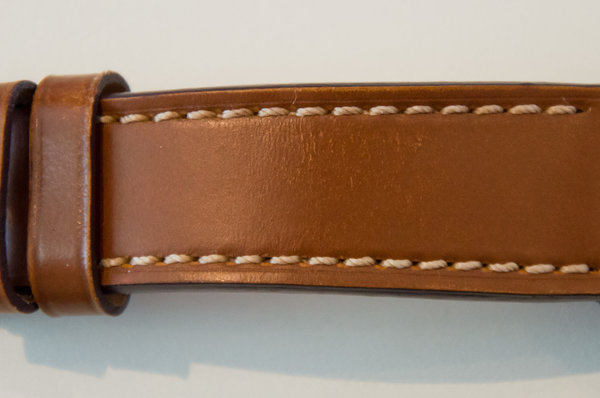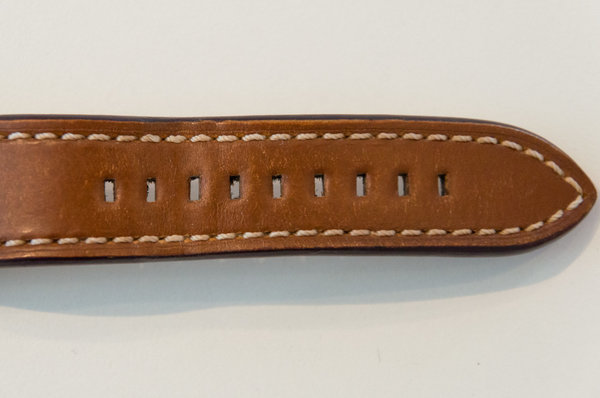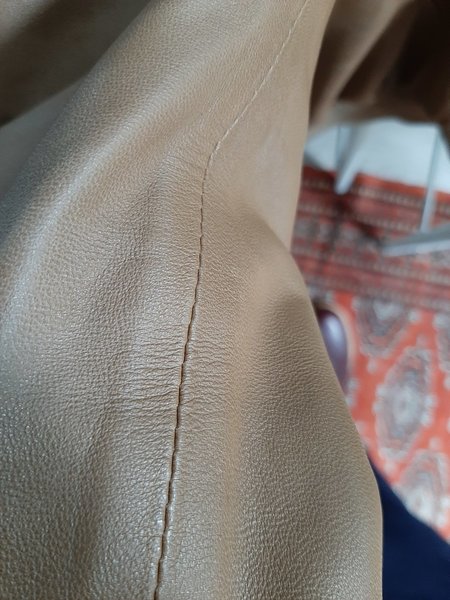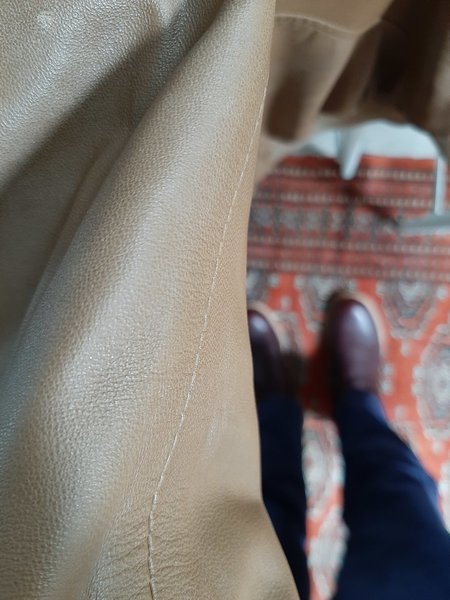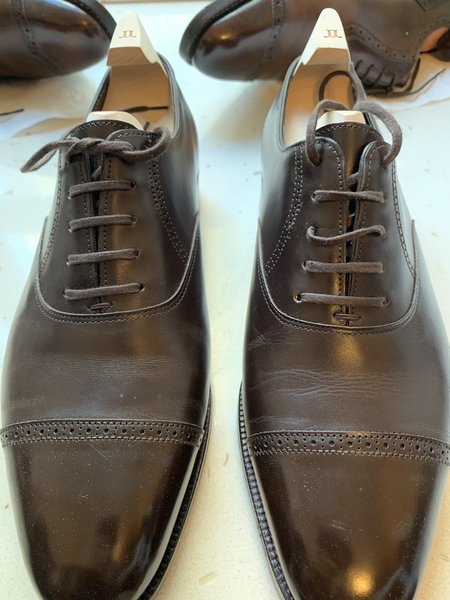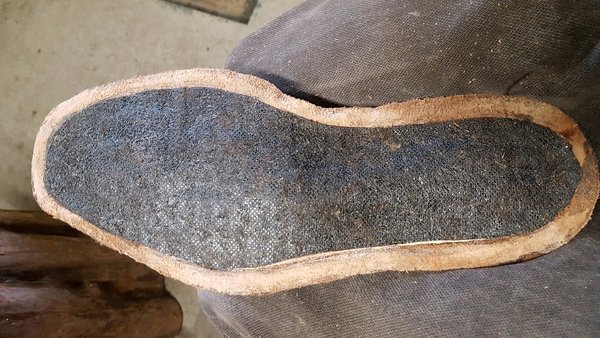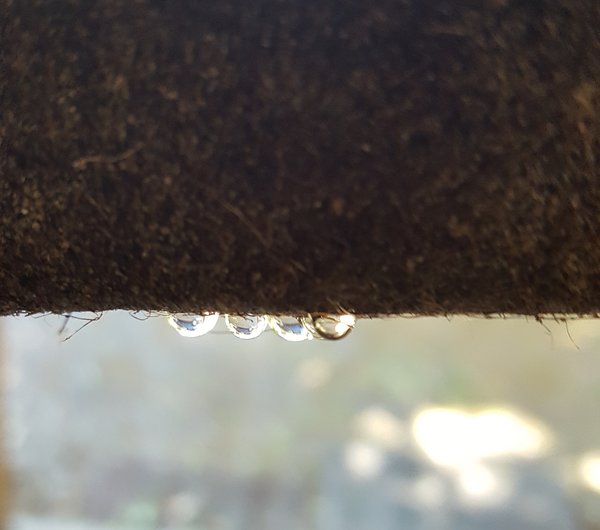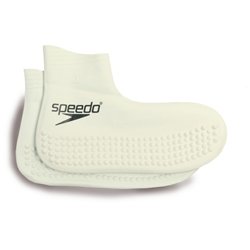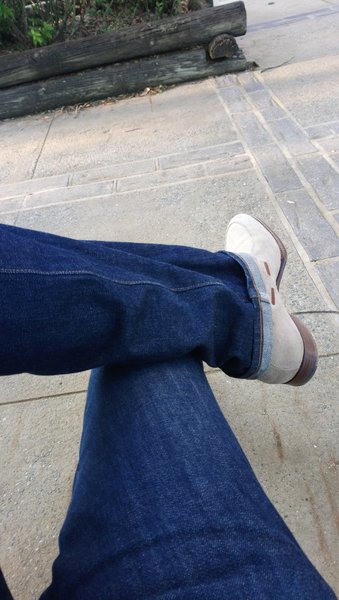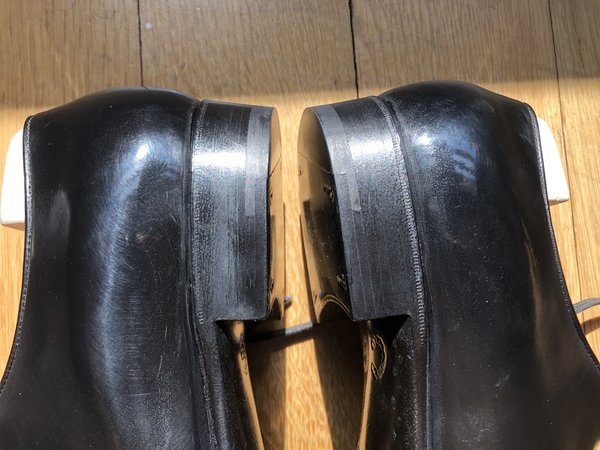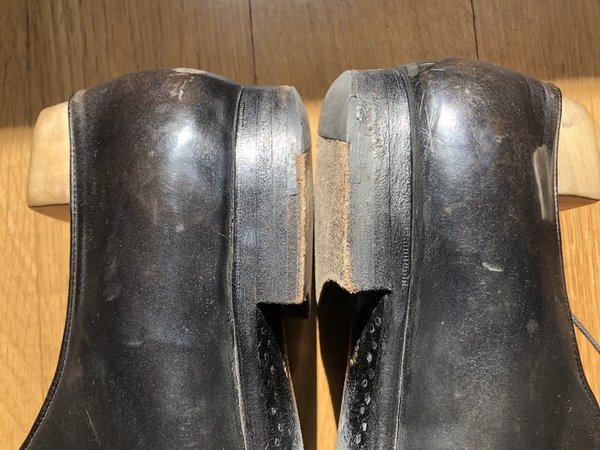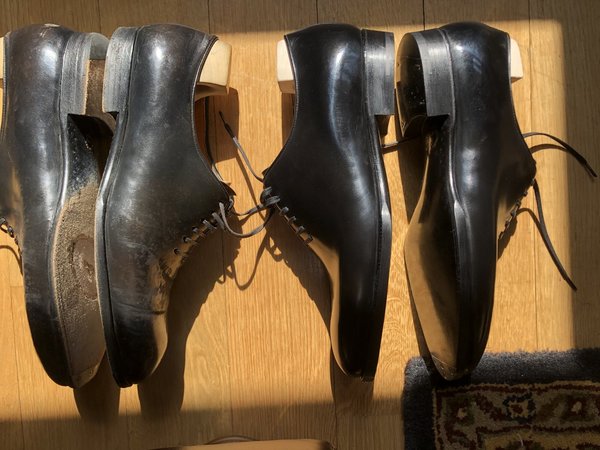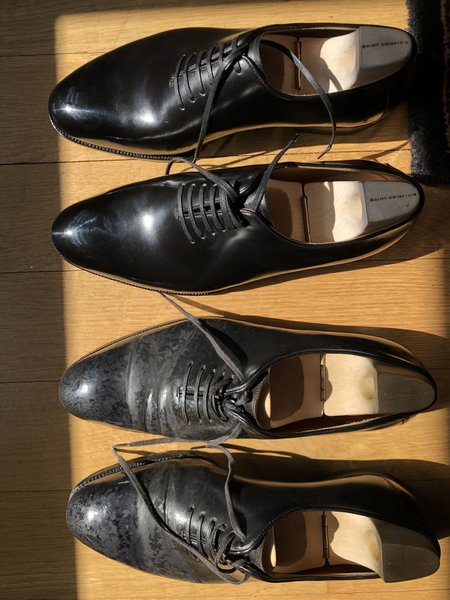- Joined
- Mar 23, 2002
- Messages
- 4,625
- Reaction score
- 1,285
You said that applied patinas.....in any form (not just in shoes)......are a studied deception. Of course they are. They even take pride in deceiving. There is nothing wrong with deception. Trompe-l'œil (to deceive the eye) has been around for hundreds of years. It can be done skilfully, it can be done crudely.
I think the word 'patina' is the one misused. In certain metals 'patina' is the result of oxidation, the very same thing as being 'tarnished'. Why has 'tarnished' negative, but 'patina' has positive connotations? Maybe you explain us your use of the word 'patina' and why you see it as something positive and (in leather) not just an accumulation of grime and the scars of time.
You stated the 'museum calf' (which I am not fond of at all) looks like a 'bad dye job'. But as leather has no natural colour, (chrome tanned leather is white-ish, veg-tanned acquires the colour of the tannins used) you are at liberty to dye leather in whichever way you want: plain, stripy, blotchy, swirly. If people like their leathers blotchy, isn't that their prerogative? These are people in the tanning and shoe industry who have, just like you, 40 or more years of experience.
You might not share their ideas, but you do use every opportunity to put everyone else down. Did you ever consider trying to understand why people make things differently from the way you make them?
No, you don't! If someone does anything different from DWF, they must be wrong.
"You play Bach your way, I play him his way!"
Harpsichordist Wanda Landowska (1879-1959) to her collegue Rosalyn Tureck (1913-2003).
I never said anything untoward about paint or plaster or any of the decorative arts.
Applied patinas...in any form...are not only an oxymoron, they are, at bottom, a studied deception.....
What they don't understand is that, as with all such "applied patinas", it is easily (and quickly) spotted as deception.
You said that applied patinas.....in any form (not just in shoes)......are a studied deception. Of course they are. They even take pride in deceiving. There is nothing wrong with deception. Trompe-l'œil (to deceive the eye) has been around for hundreds of years. It can be done skilfully, it can be done crudely.
I objected to the misuse of the word "patina."
I think the word 'patina' is the one misused. In certain metals 'patina' is the result of oxidation, the very same thing as being 'tarnished'. Why has 'tarnished' negative, but 'patina' has positive connotations? Maybe you explain us your use of the word 'patina' and why you see it as something positive and (in leather) not just an accumulation of grime and the scars of time.
You stated the 'museum calf' (which I am not fond of at all) looks like a 'bad dye job'. But as leather has no natural colour, (chrome tanned leather is white-ish, veg-tanned acquires the colour of the tannins used) you are at liberty to dye leather in whichever way you want: plain, stripy, blotchy, swirly. If people like their leathers blotchy, isn't that their prerogative? These are people in the tanning and shoe industry who have, just like you, 40 or more years of experience.
You might not share their ideas, but you do use every opportunity to put everyone else down. Did you ever consider trying to understand why people make things differently from the way you make them?
No, you don't! If someone does anything different from DWF, they must be wrong.
"You play Bach your way, I play him his way!"
Harpsichordist Wanda Landowska (1879-1959) to her collegue Rosalyn Tureck (1913-2003).


